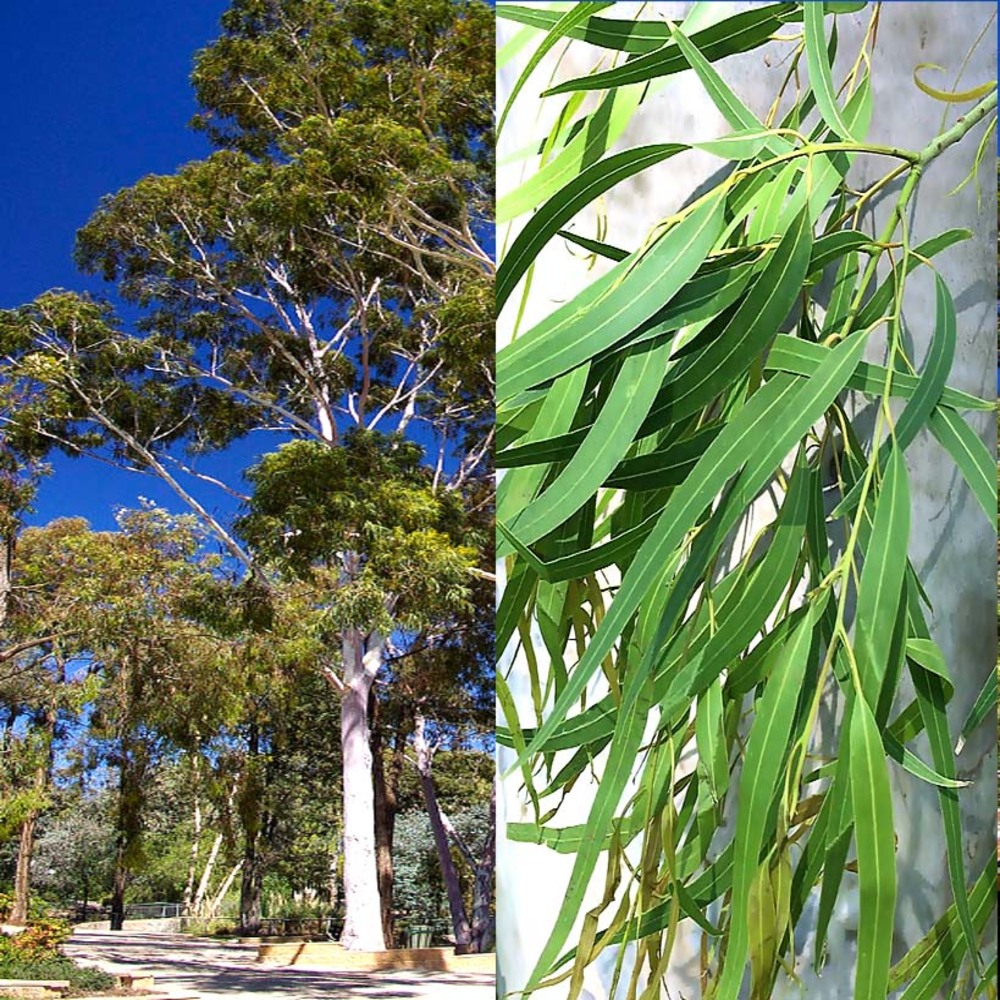Eucalyptus Tetricornis
Category: TREE SEEDS COLLECTION
Tags: #agricultureseedstore, #beej, #BiodiversityOfIndia, #buyseeds, #buyvegetableseeds, #chemicalfreeseeds, #ClimateChange, #ClimateResilientSeeds, #ClimateSmartFarming, #desibeej, #desiseed, #Desiseeds, #FarmStore, #heirloomseed, #heirloomseeds, #homegarden, #homegardeningseeds, #hoogafarms, #hoogaseedkeepers, #MaadiThottamseeds, #naatuvidhai, #nativefoods, #nativevegetableseeds, #naturalfarming, #NaturalFoods, #naturalseeds, #NonGMOseeds, #openpollinatedseeds, #opseeds, #organicfarming, #organicseeds, #RooftopGardening, #RooftopGardenseeds, #SaveNativeSeeds, #SaveOurSeeds, #SaveSeeds, #SayNoToGMO, #seedconservation, #seeddiversity, #seedfarm, #seedkeeperscollective, #seedKeepersNetwork, #seedsavers, #seedsaving, #seedshop, #SeedsOfIndia, #seedstore, #tamilseedsavers, #Terracegardenseeds, #traditionalseed, #traditionalseeds, #traditionalvegetableseeds, #vegetablediversity, #Vegetableseed, #vegetableseeds, #Vidhaigaleperayudham, Agriculture, dubai small ridge giurd seeds, Dubai Small Round Ridge Gourd-Seeds, hooga forms, hooga seeds, hoogaseeds, native seeds, Ridge Gourd-Seeds, seeds, shop, shopping, Vidhai
The Lemon-Scented Gum is often confused with other Eucalyptus species but is actually known by the scientific name Corymbia citriodora, not Eucalyptus tereticornis. However, I’ll provide details about both trees since they are closely related but distinct species in the Myrtaceae family.
Lemon-Scented Gum (Corymbia citriodora)
Description:
- Appearance: The Lemon-Scented Gum is a tall, straight tree that can reach up to 25–50 meters (82–164 feet) in height. It has a smooth, white to pinkish bark that peels in patches, giving the trunk a mottled appearance.
- Leaves: The leaves are narrow, lance-shaped, and emit a strong lemon scent when crushed, which is one of the tree’s most distinctive features. They are glossy green and hang gracefully from the branches.
- Flowers: The tree produces small, white to cream-colored flowers that are borne in clusters, usually in the spring and summer.
- Fruit: The fruit is a woody, urn-shaped capsule that contains numerous small seeds.
Habitat and Distribution:
- Habitat: The Lemon-Scented Gum is native to the subtropical regions of Queensland, Australia. It prefers well-drained soils and full sunlight and is often found in open forests and woodland areas.
- Distribution: This tree is widely cultivated around the world, particularly in tropical and subtropical regions, due to its ornamental value and aromatic properties.
Uses:
- Ornamental: The tree is often planted in parks, gardens, and along streets for its attractive appearance and pleasant lemon scent.
- Essential Oil: The leaves of the Lemon-Scented Gum are distilled to produce lemon eucalyptus oil, which is used in perfumes, cleaning products, and as a natural insect repellent.
- Wood: The timber is used for general construction, furniture, and as a source of firewood.
Ecological Importance:
- Wildlife: The tree provides habitat and food for a variety of wildlife, including birds and insects.
- Erosion Control: Its deep root system helps stabilize soil, making it useful in reforestation and erosion control projects.
Forest Red Gum (Eucalyptus tereticornis)
Description:
- Appearance: The Forest Red Gum is a tall, robust tree that can grow up to 20–50 meters (65–164 feet) in height. It has a straight trunk with smooth, grayish or bluish bark that sheds in large flakes, revealing a new layer of creamy-white or pinkish bark underneath.
- Leaves: The leaves are lance-shaped, dark green, and have a leathery texture. Unlike the Lemon-Scented Gum, the leaves of the Forest Red Gum do not have a strong fragrance.
- Flowers: The tree produces white or cream-colored flowers that are small and clustered, typically blooming in late spring and summer.
- Fruit: The fruit is a small, woody capsule that contains tiny seeds.
Habitat and Distribution:
- Habitat: The Forest Red Gum is native to eastern Australia, commonly found along rivers and in coastal regions. It thrives in a range of soils, from sandy to clay, and can tolerate periodic flooding.
- Distribution: It is widely distributed in Australia and is also planted in other parts of the world for timber and environmental purposes.
Uses:
- Timber: The wood of the Forest Red Gum is highly valued for its strength and durability, making it ideal for construction, flooring, and furniture. It is also used as a source of firewood and charcoal.
- Shade and Shelter: The tree is often planted in agroforestry systems to provide shade and shelter for livestock.
- Honey Production: The flowers are a significant source of nectar for bees, and the tree is important in the production of honey.
Ecological Importance:
- Habitat: The Forest Red Gum provides habitat and food for a wide range of wildlife, including koalas, which feed on its leaves.
- Erosion Control: Like the Lemon-Scented Gum, it is also used in reforestation projects to prevent soil erosion.
Key Differences:
- Scent: The most notable difference is the strong lemon scent of the leaves of Corymbia citriodora, which Eucalyptus tereticornis lacks.
- Bark: Corymbia citriodora has a consistently smooth, pale bark, while Eucalyptus tereticornis has bark that peels in large flakes, revealing new layers underneath.
- Uses: While both trees are valued for timber, Corymbia citriodora is especially prized for its essential oil, whereas Eucalyptus tereticornis is more often used for its high-quality wood.
Both the Lemon-Scented Gum and the Forest Red Gum are important species in their native Australia and have been widely cultivated around the world for various purposes.
| Weight | 15 g |
|---|
Be the first to review “Eucalyptus Tetricornis” Cancel reply
Related products
Red Yard Long Bean Gardening Seeds
₹120.00Original price was: ₹120.00.₹100.00Current price is: ₹100.00. -17%Dragon Tongue Bean Gardening Seeds
₹120.00Original price was: ₹120.00.₹50.00Current price is: ₹50.00. -58%Indigenous Forest Okra Seeds
₹120.00Original price was: ₹120.00.₹100.00Current price is: ₹100.00. -17%Terrace Garden Combo Pack
₹1,500.00Original price was: ₹1,500.00.₹1,250.00Current price is: ₹1,250.00. -17%







Reviews
There are no reviews yet.